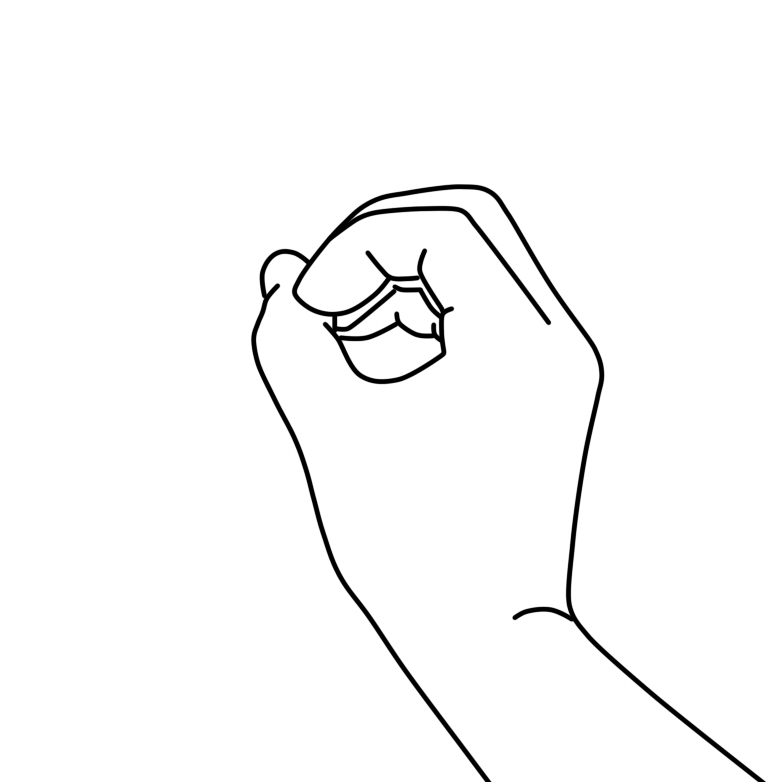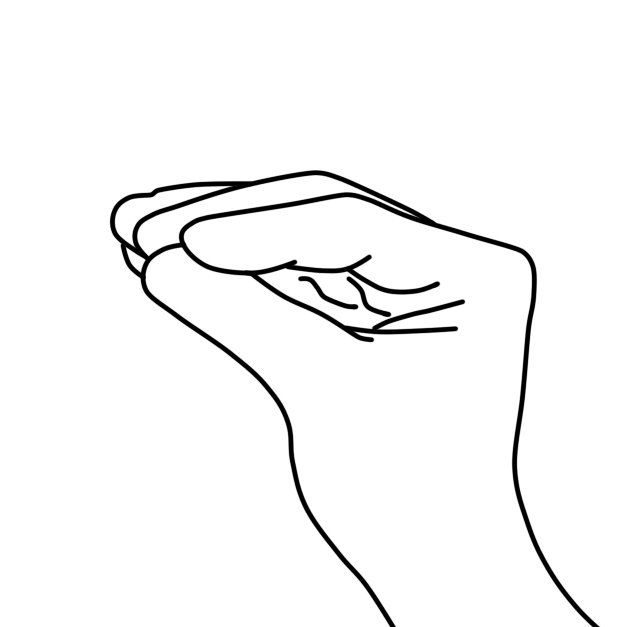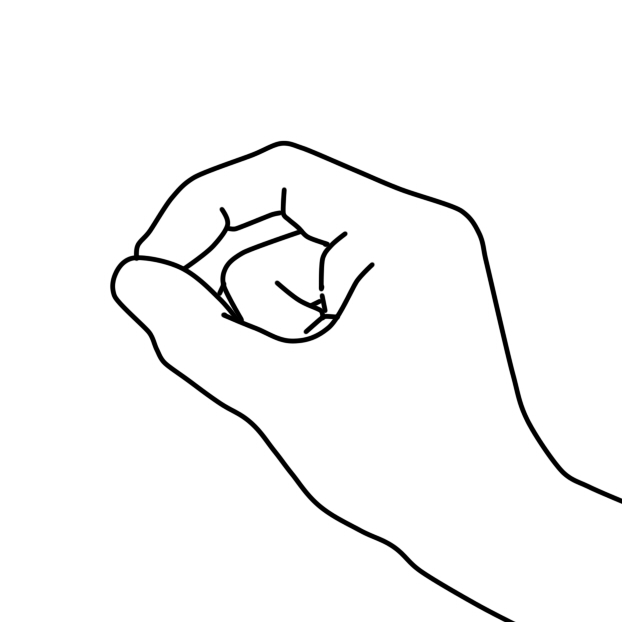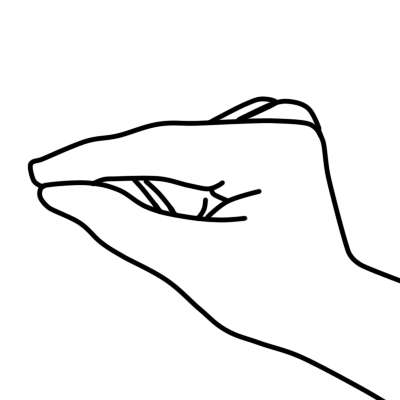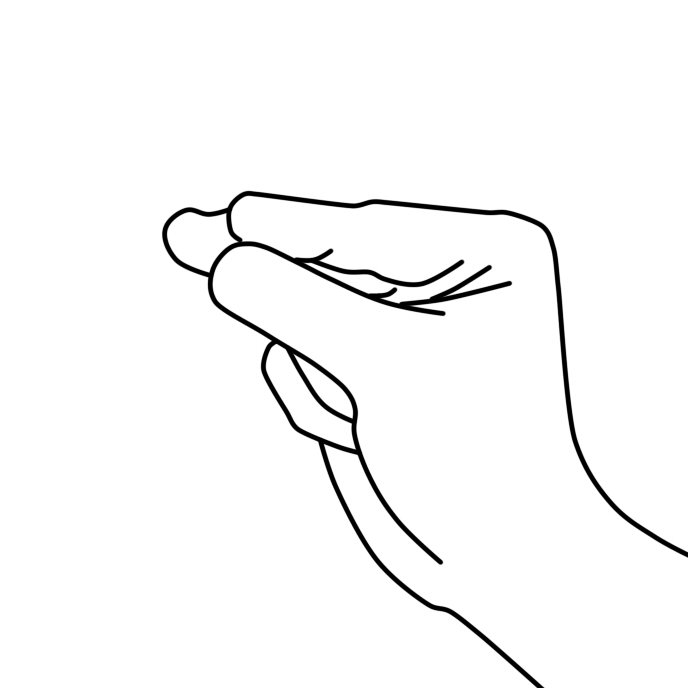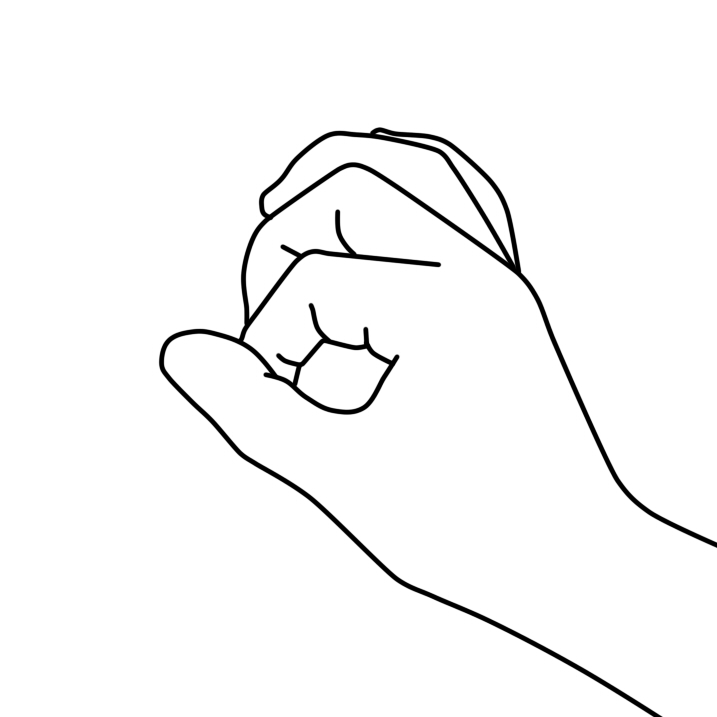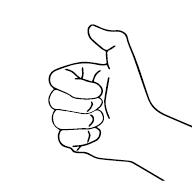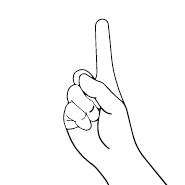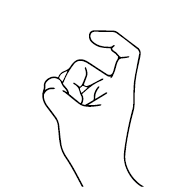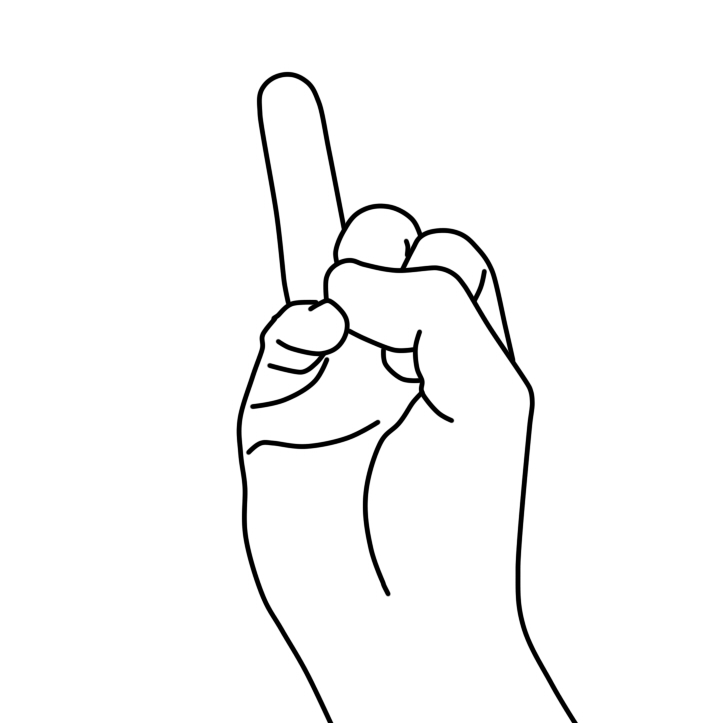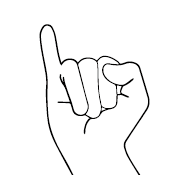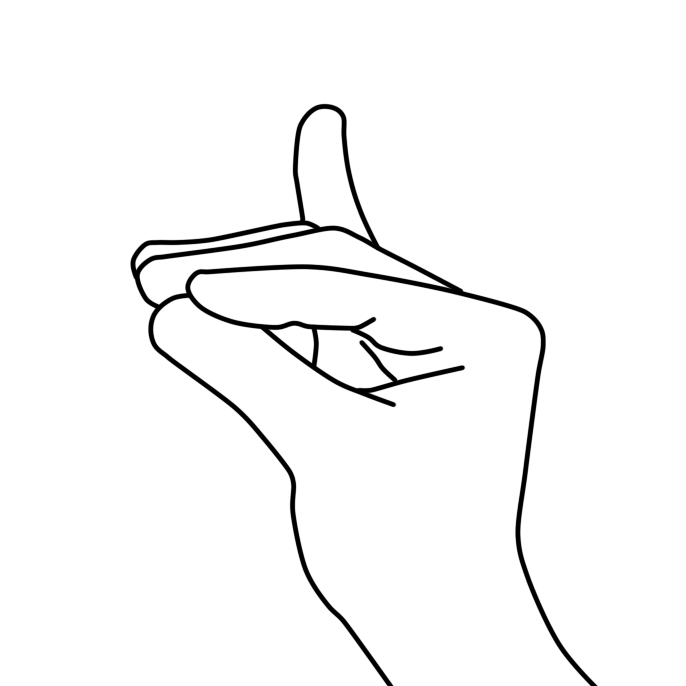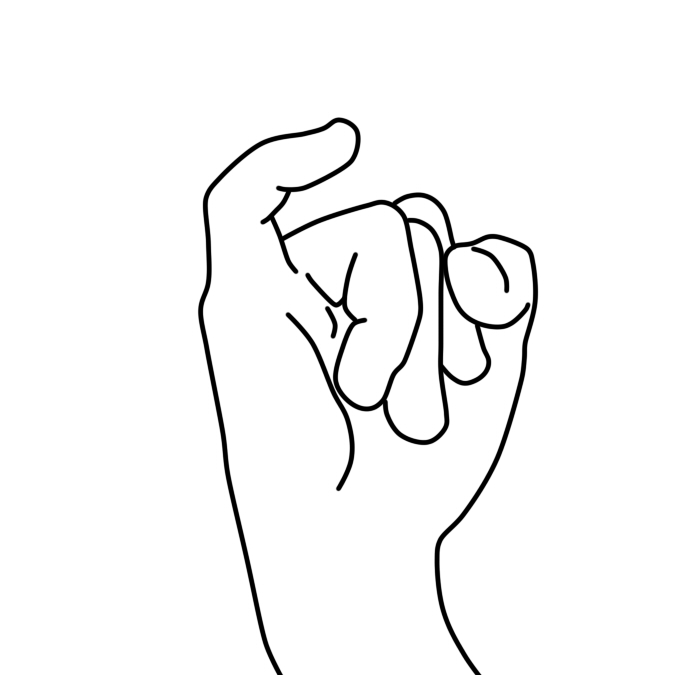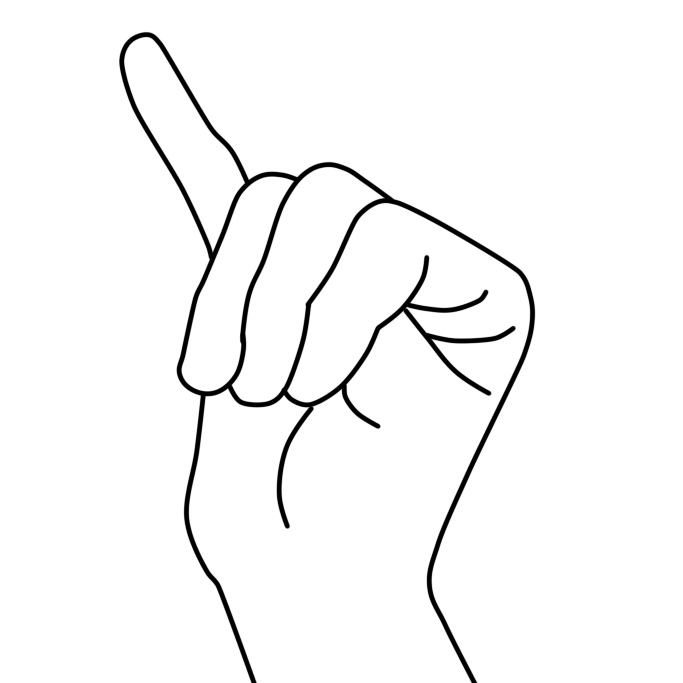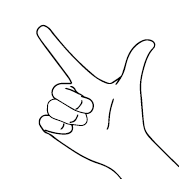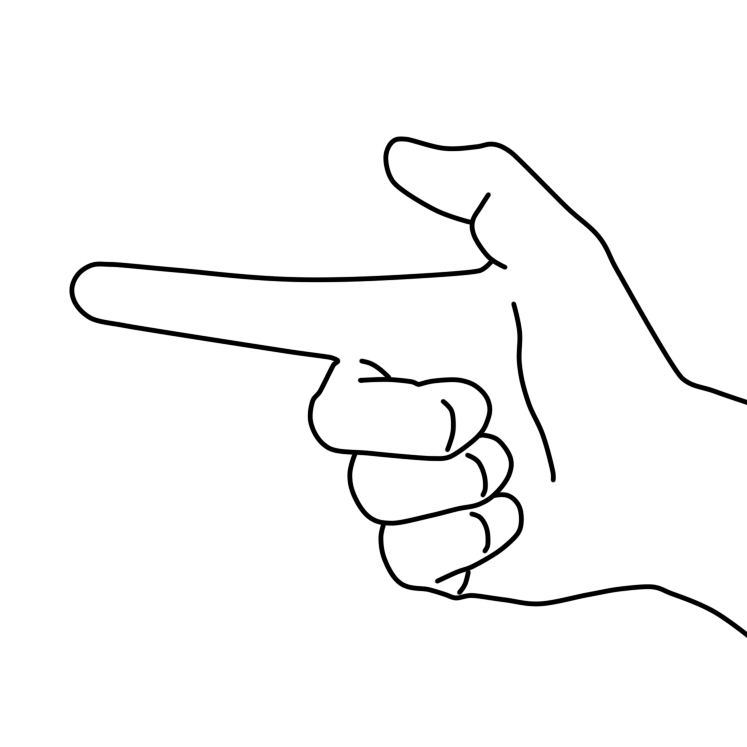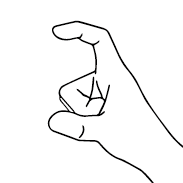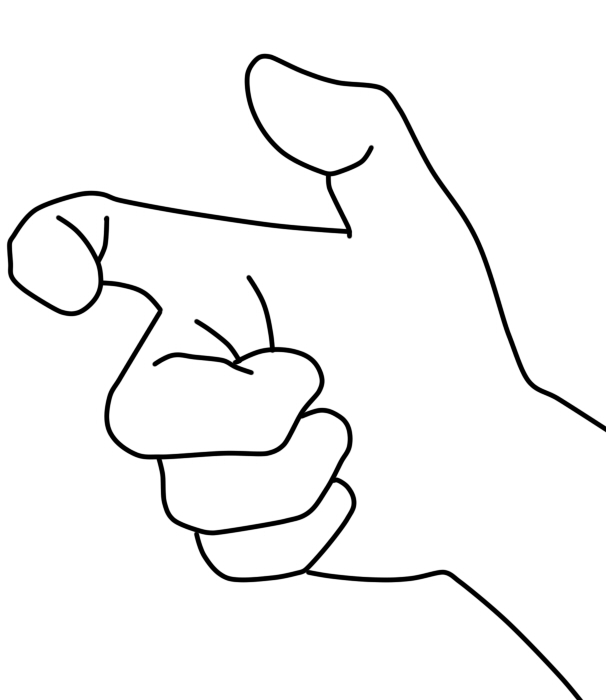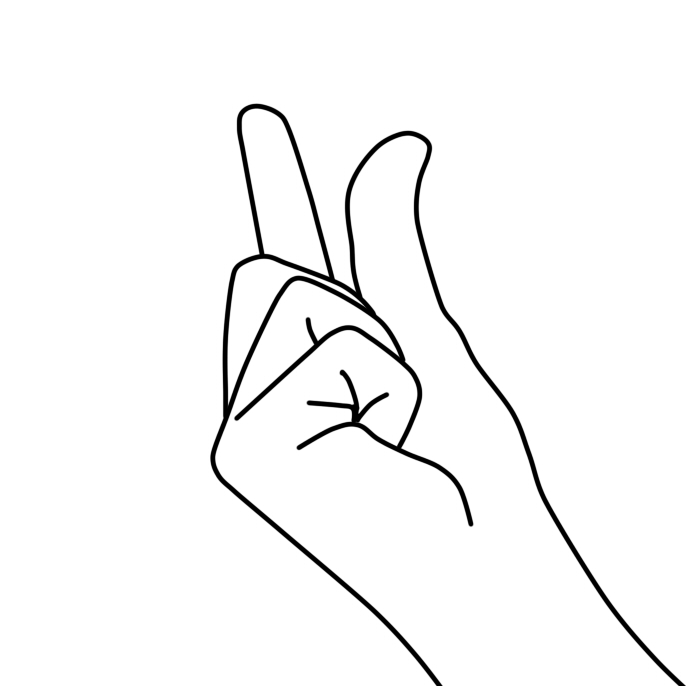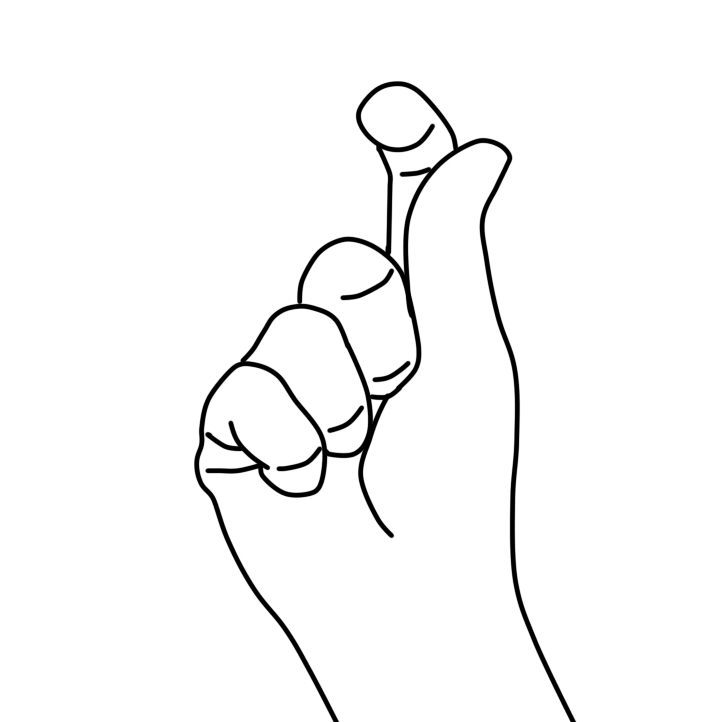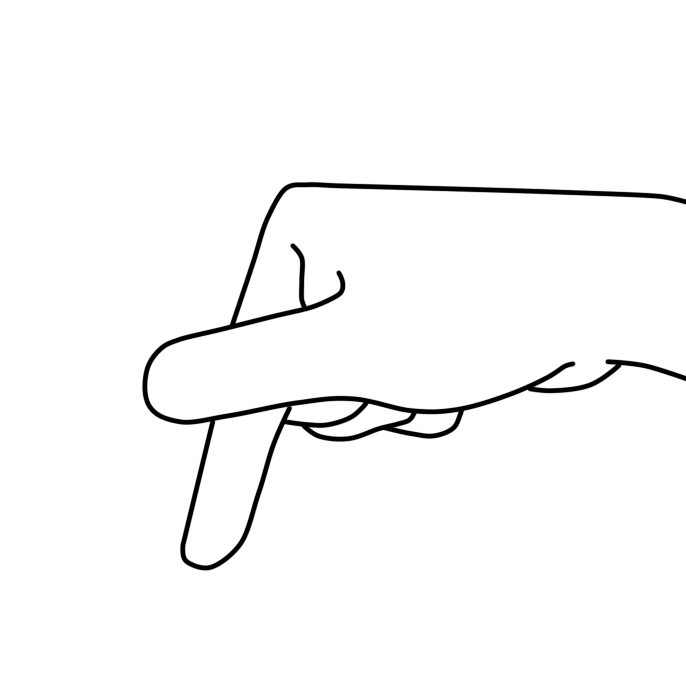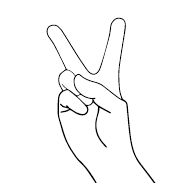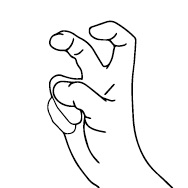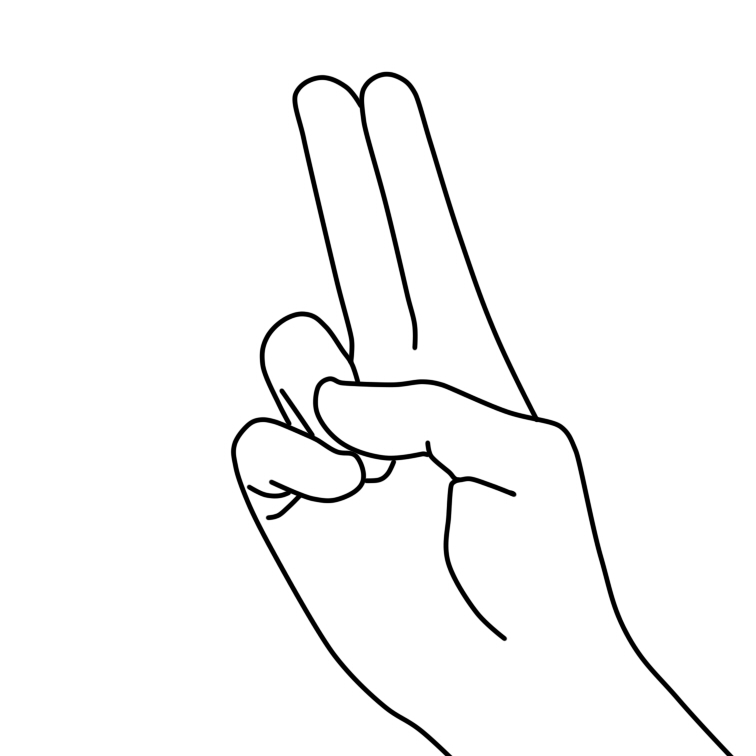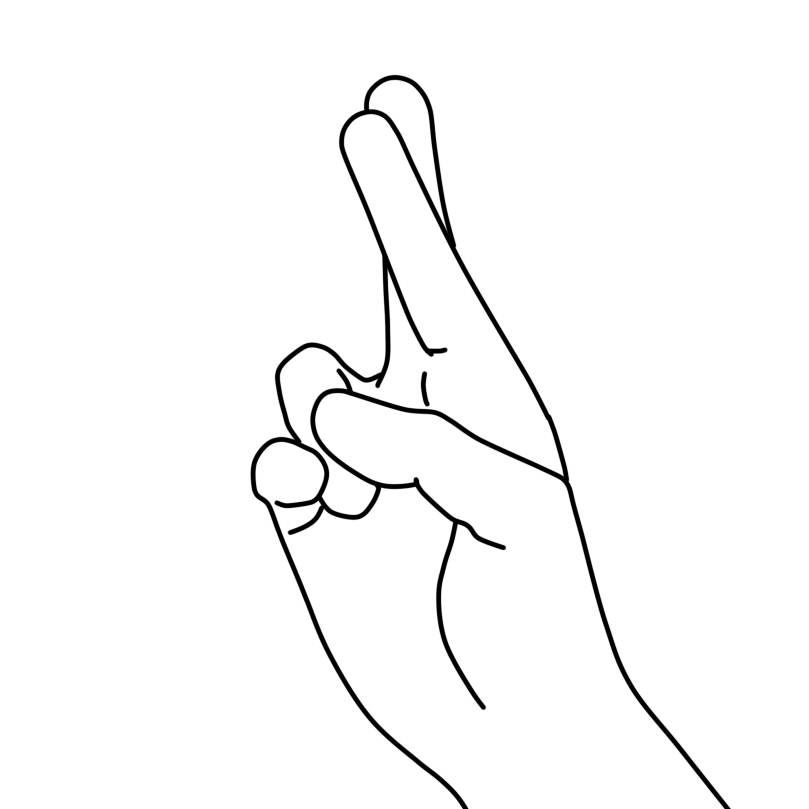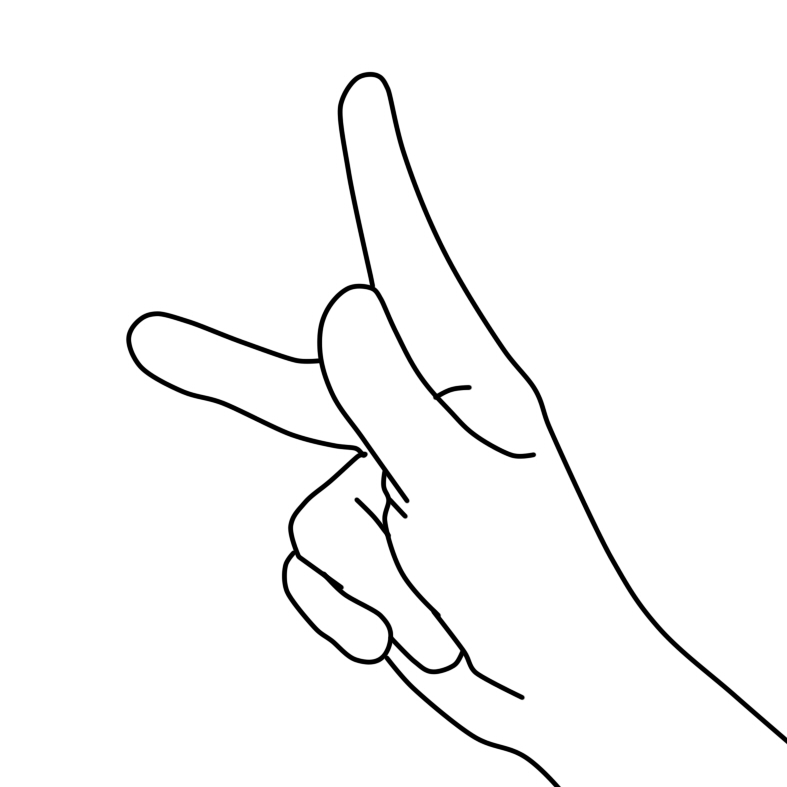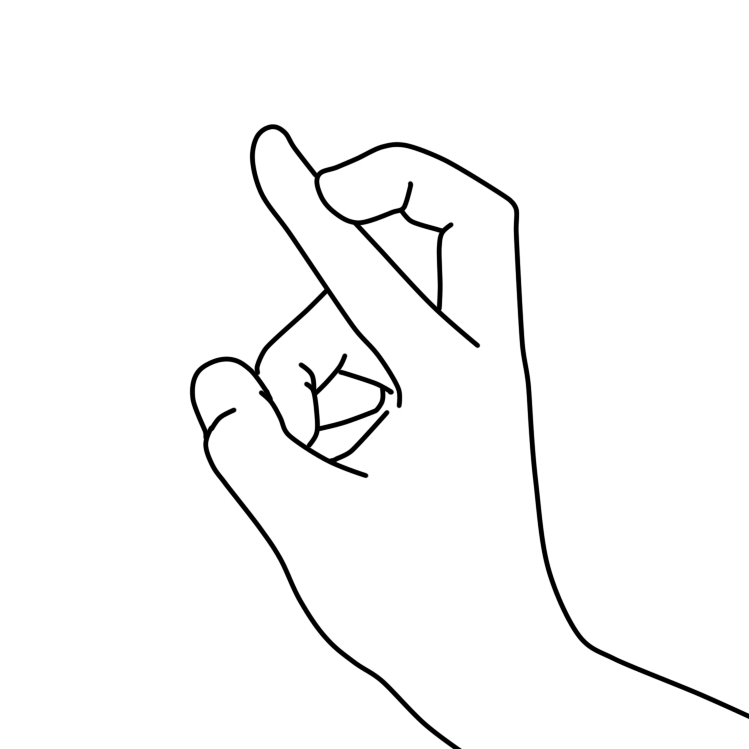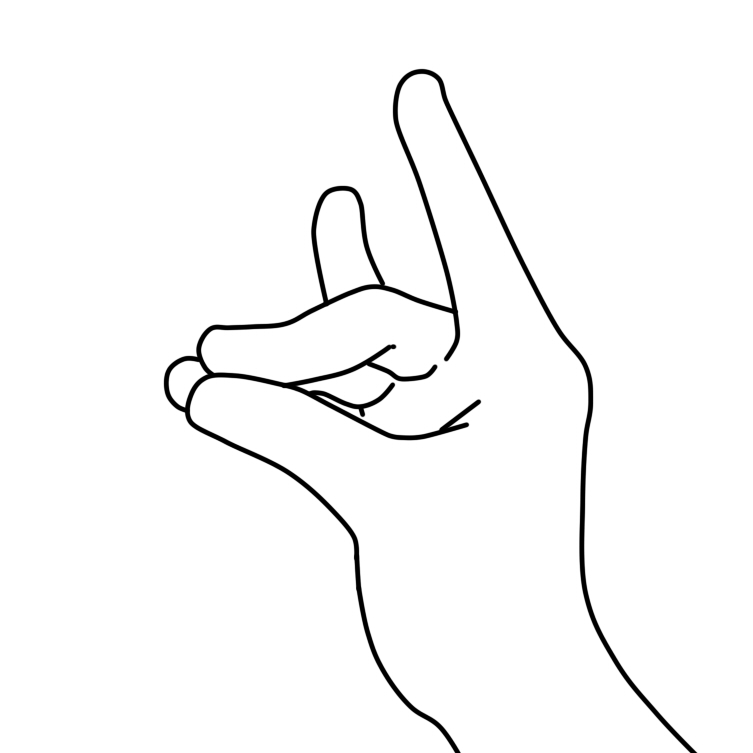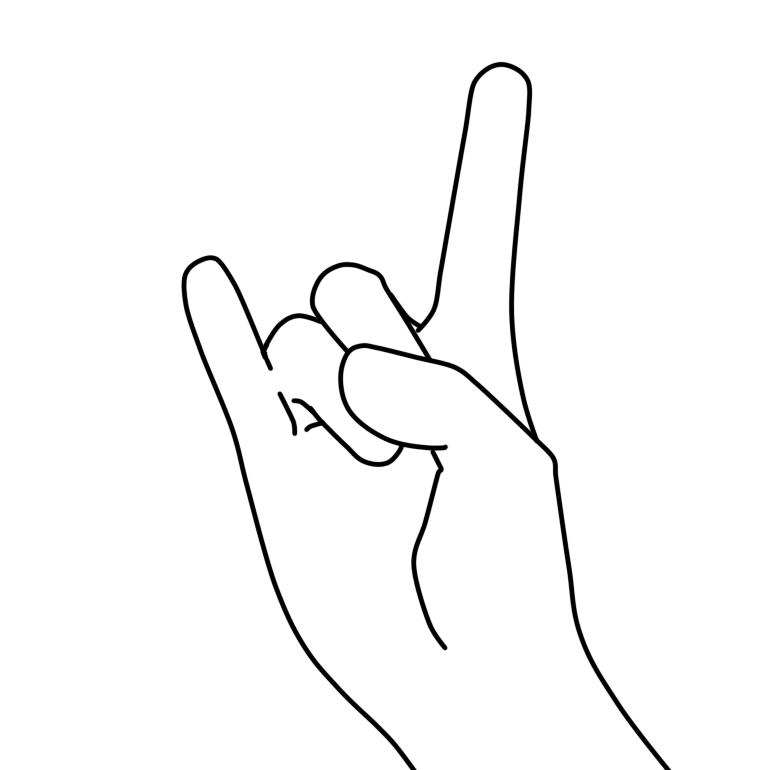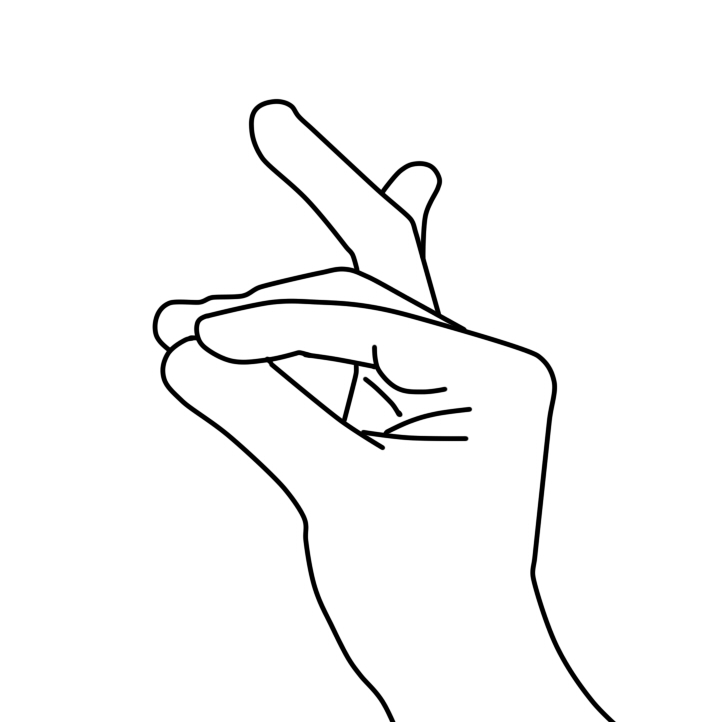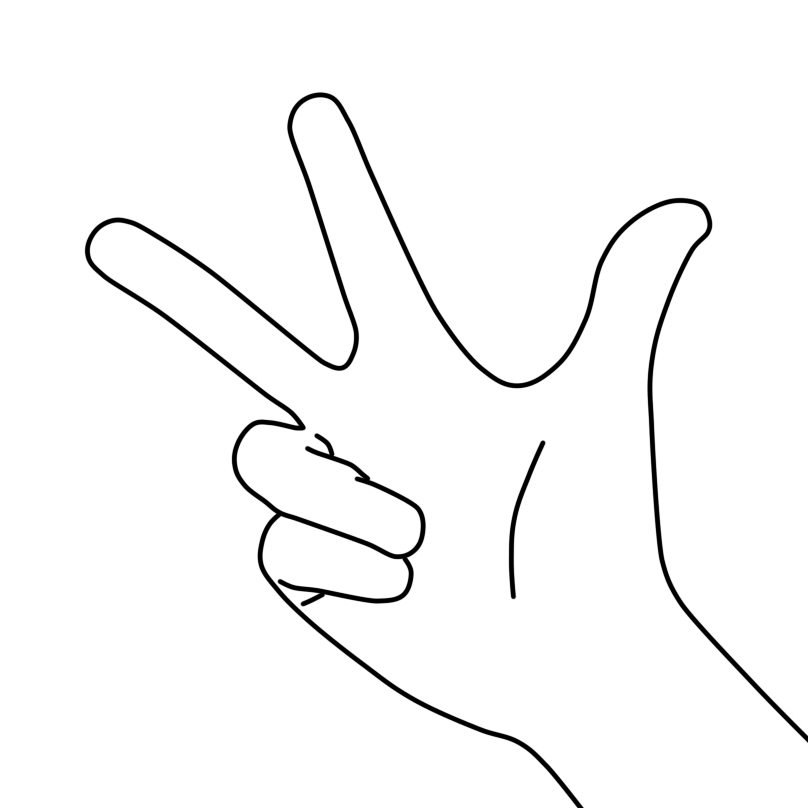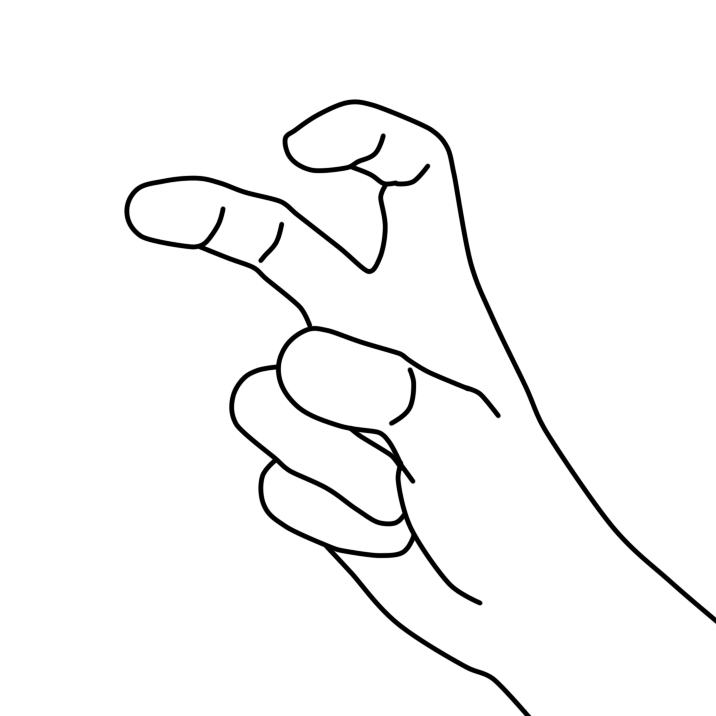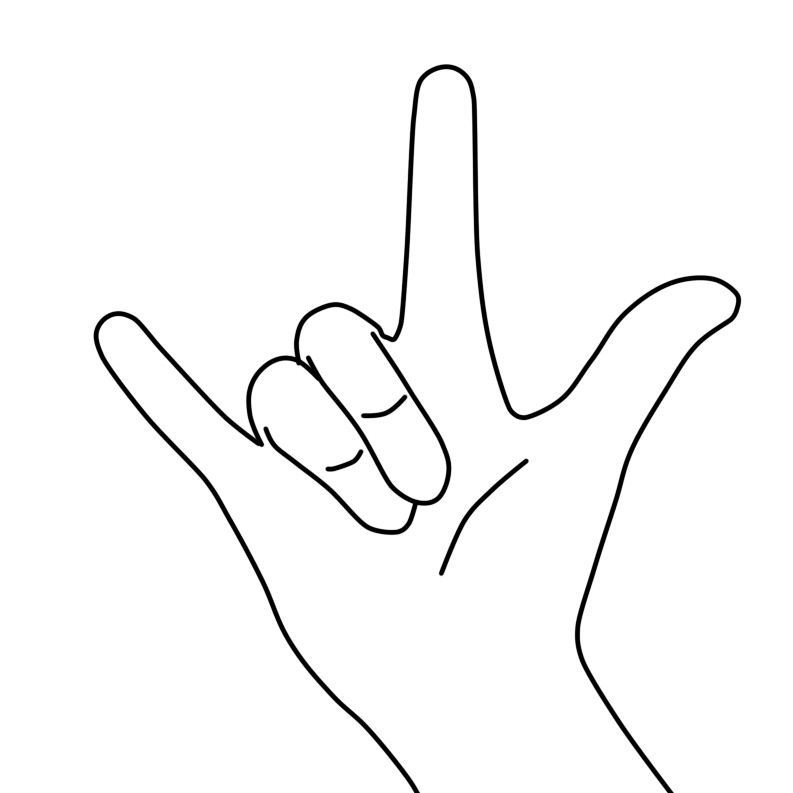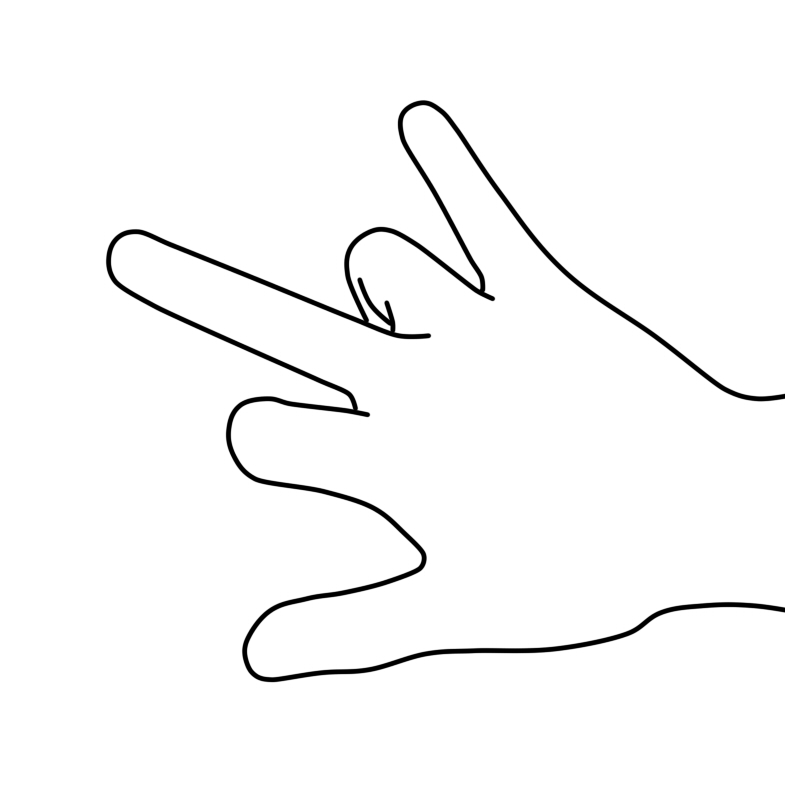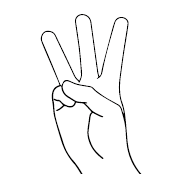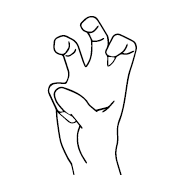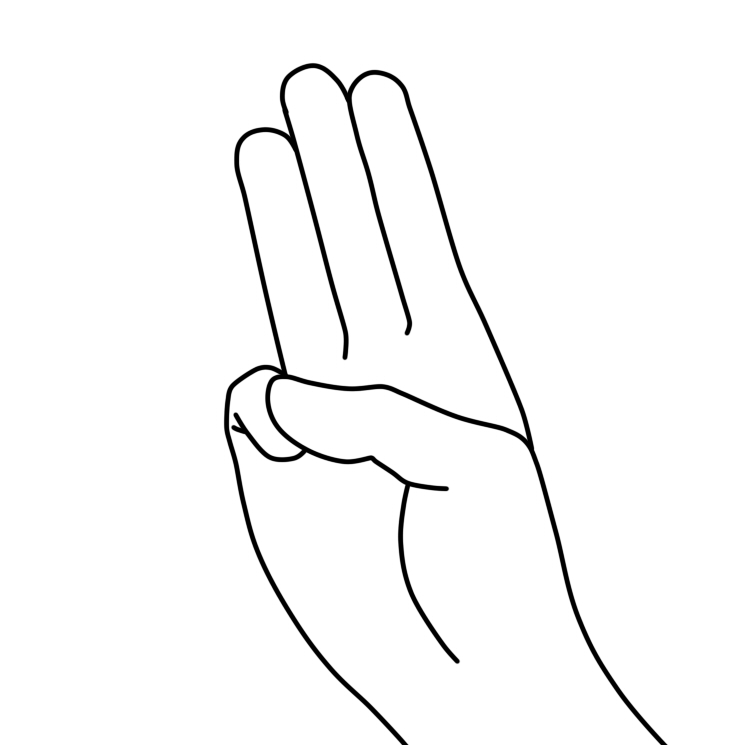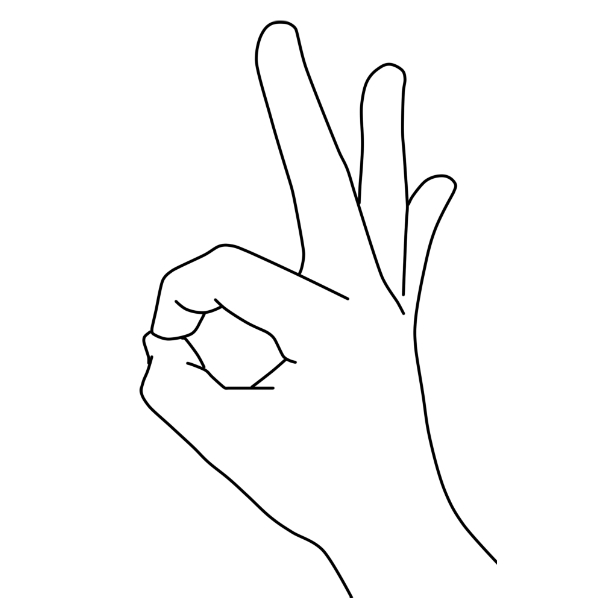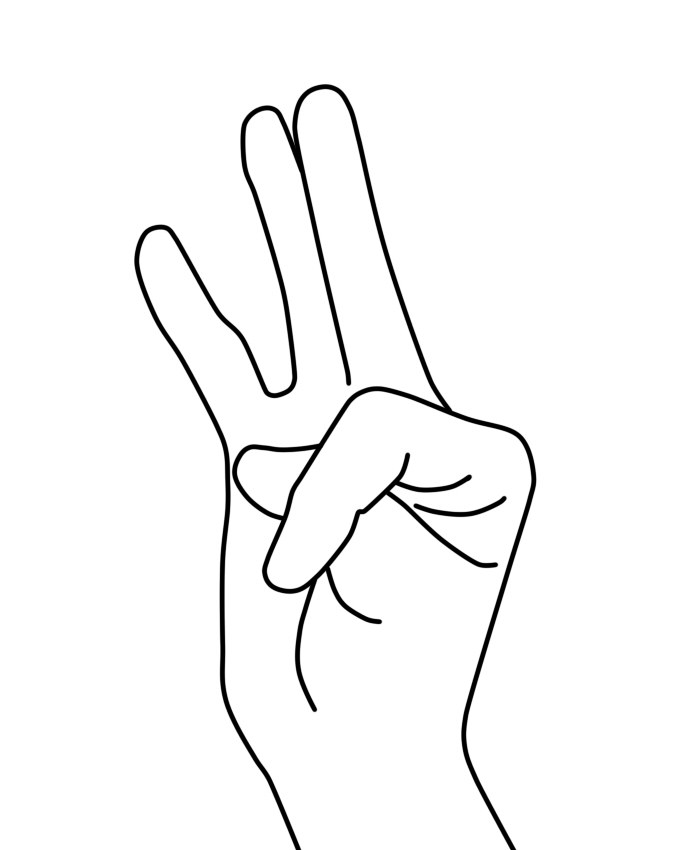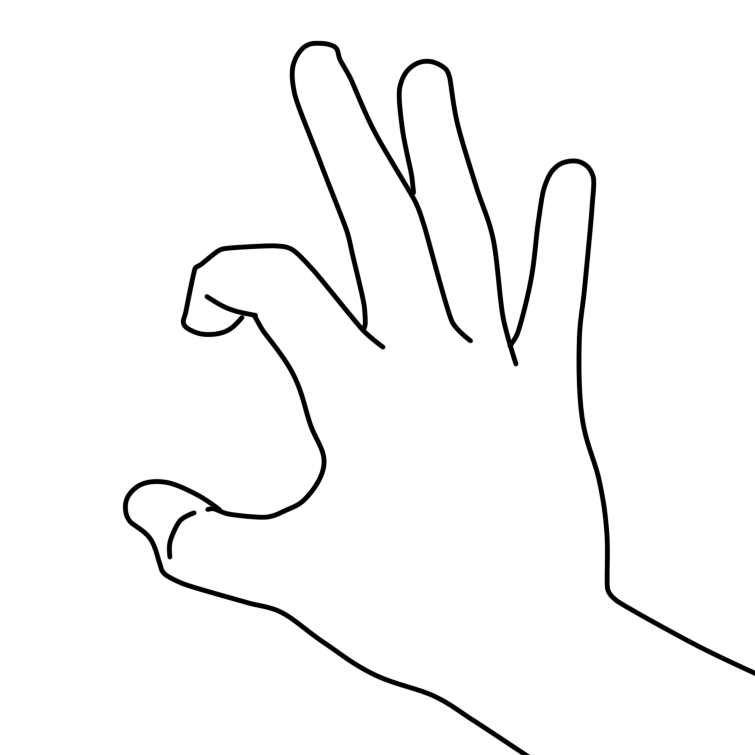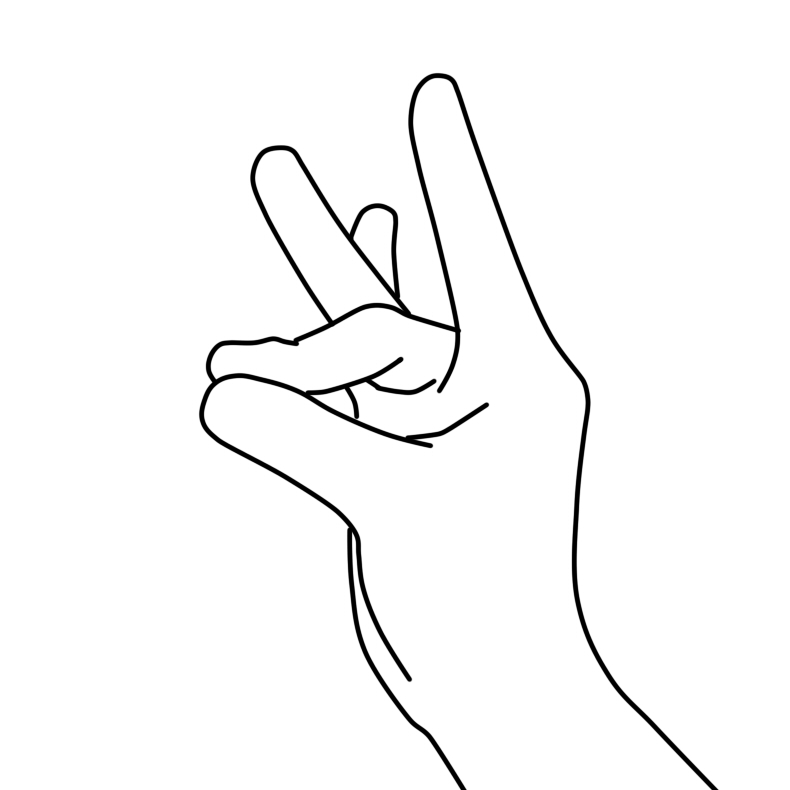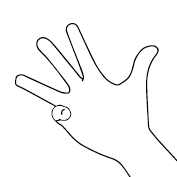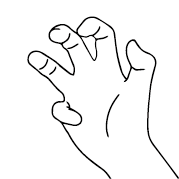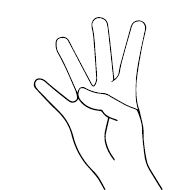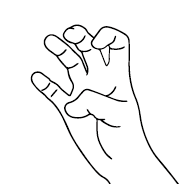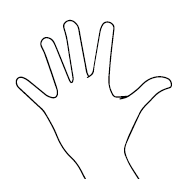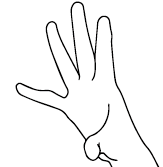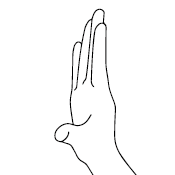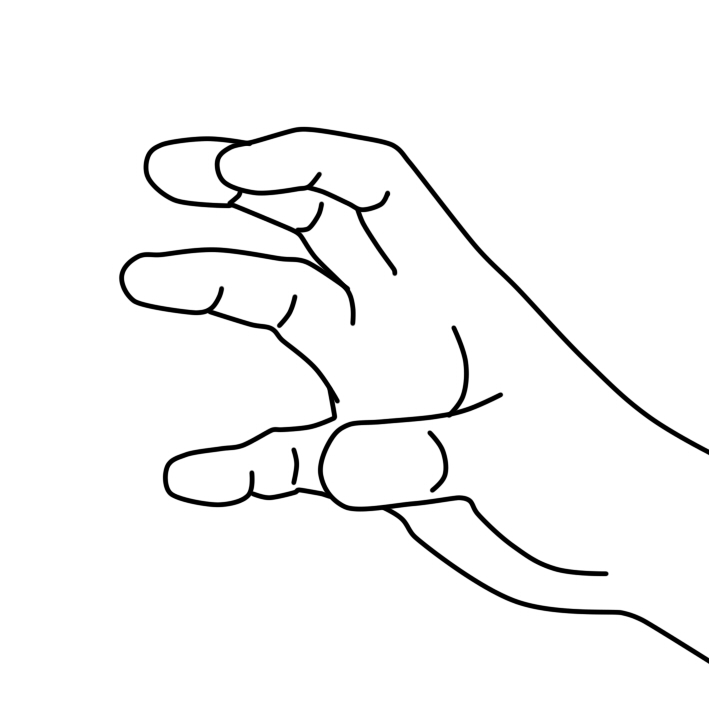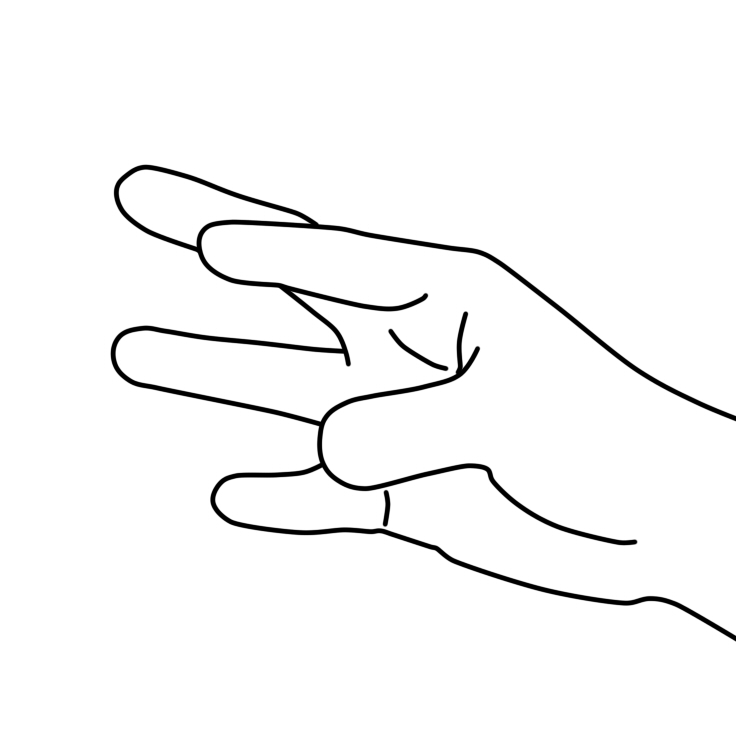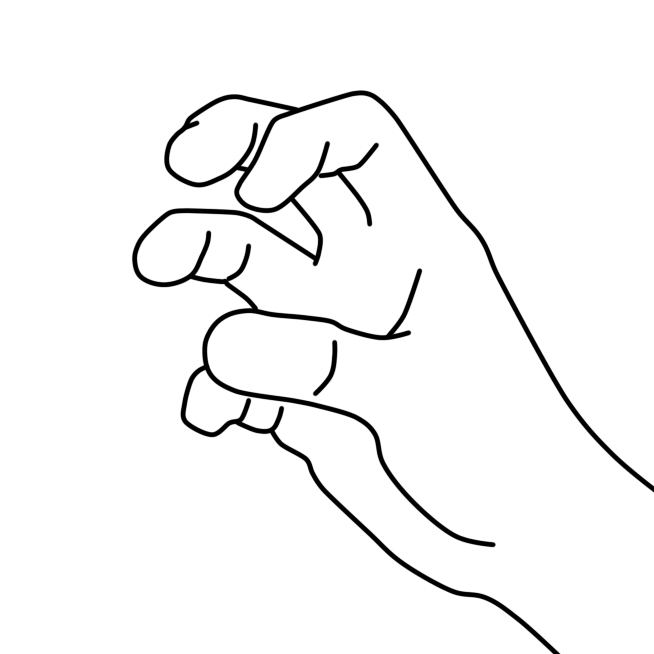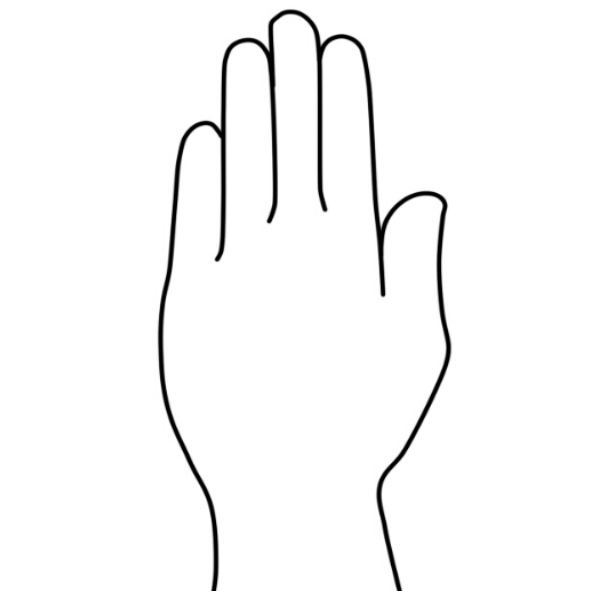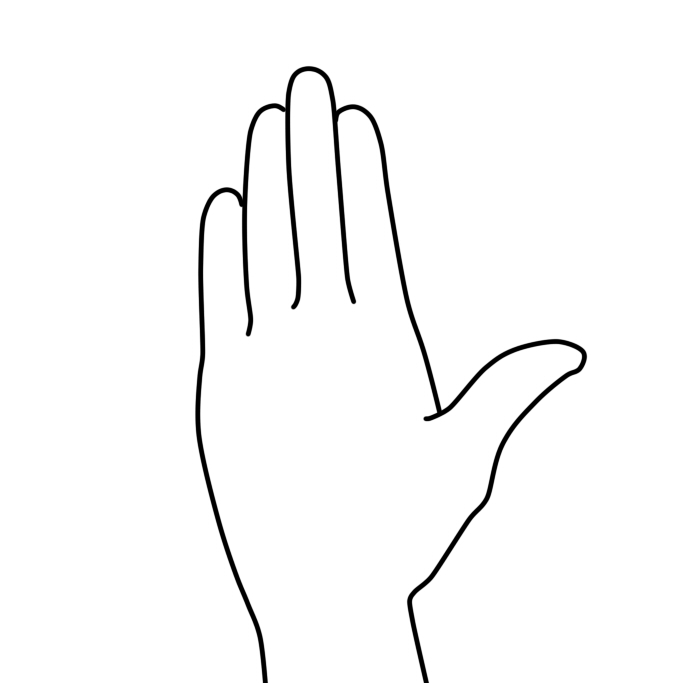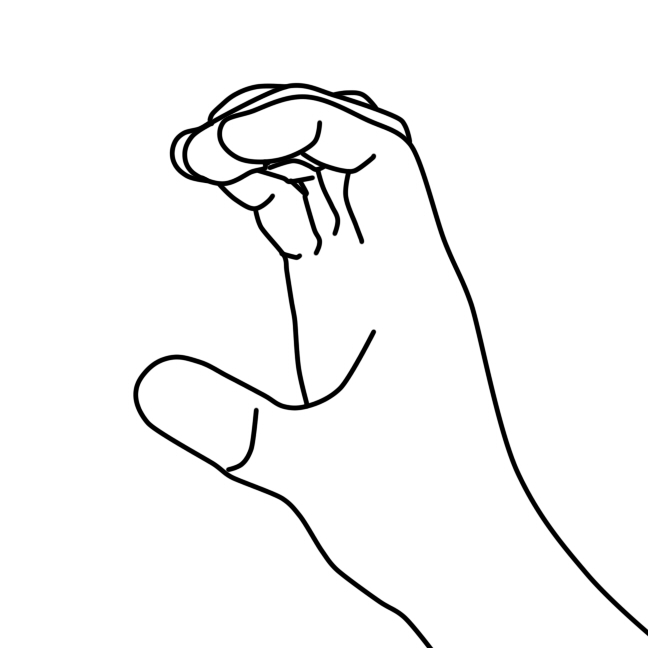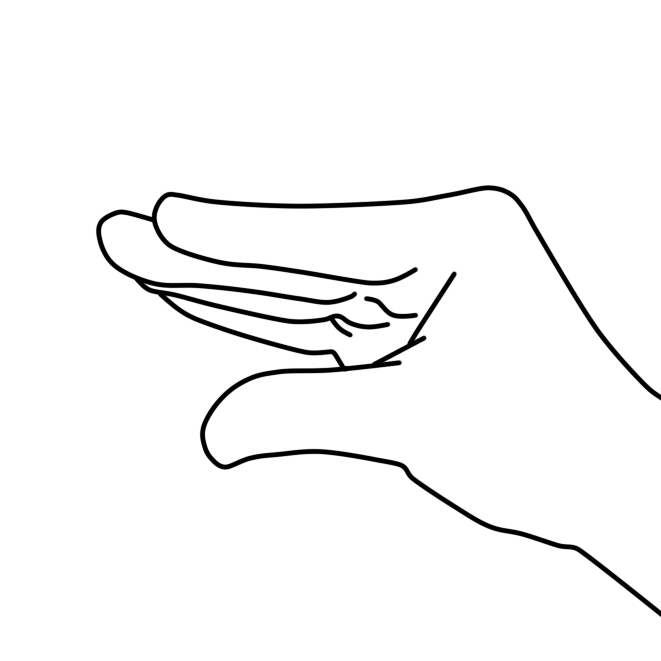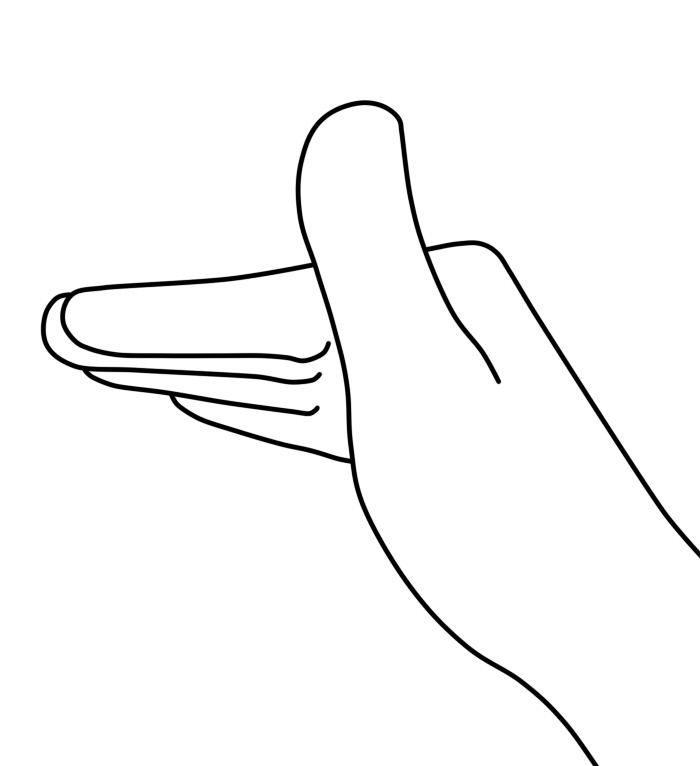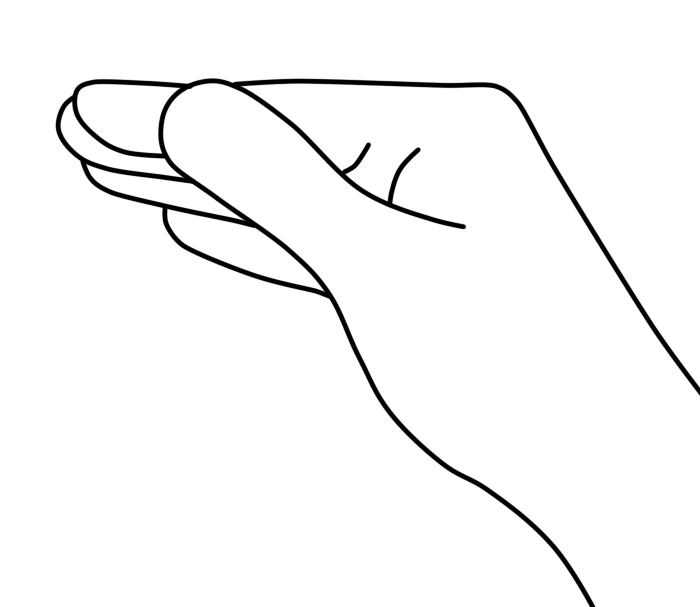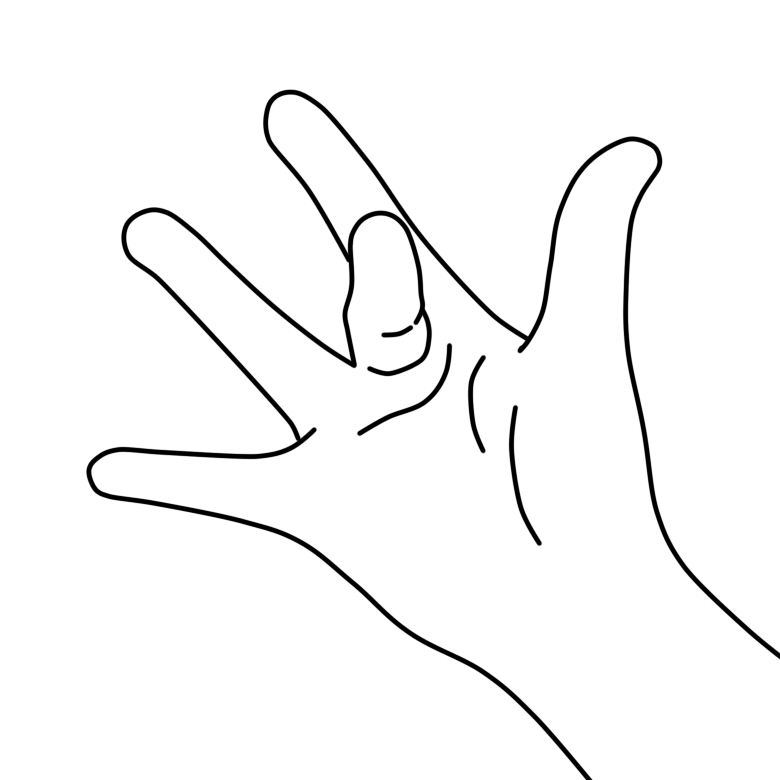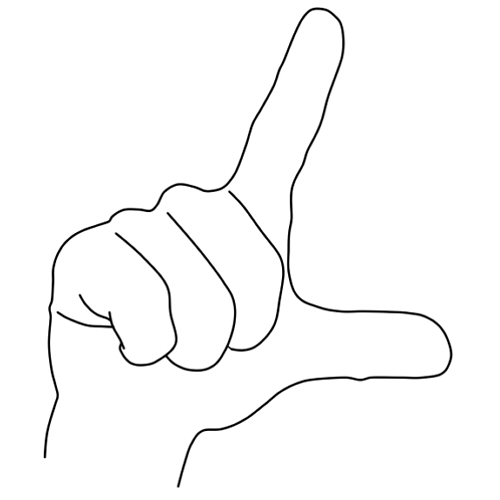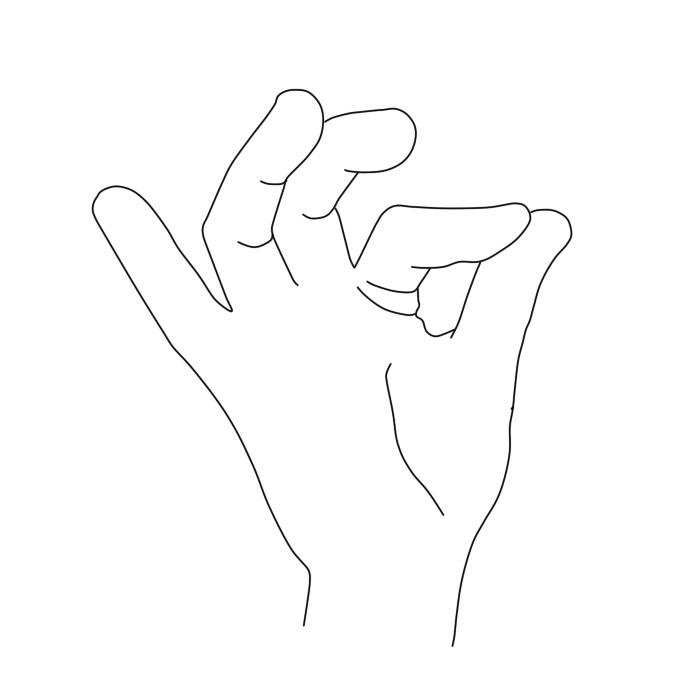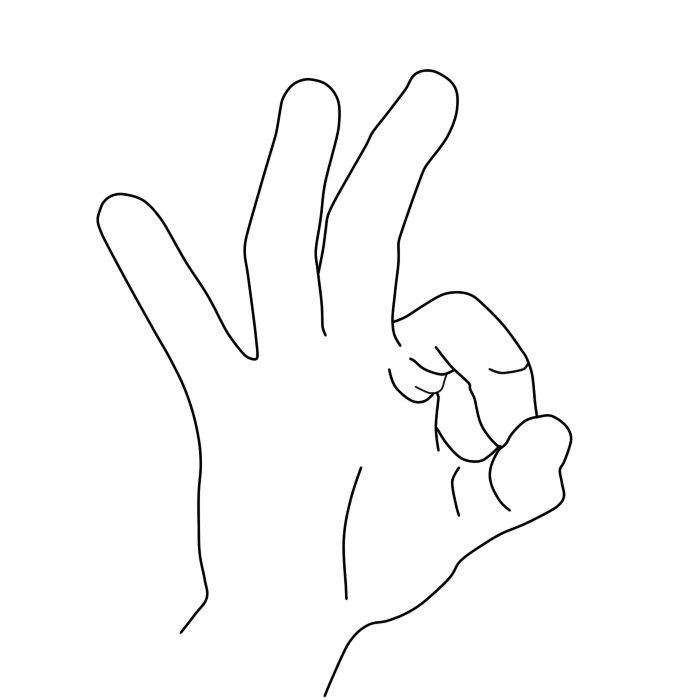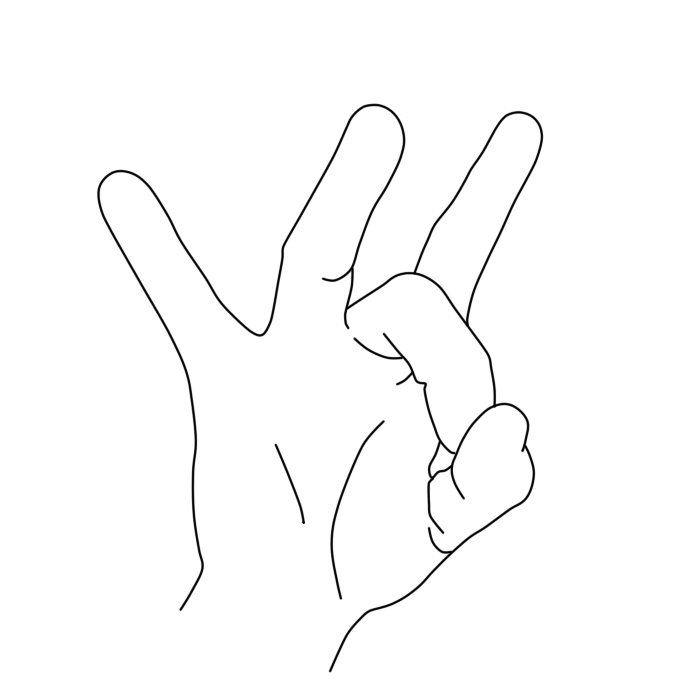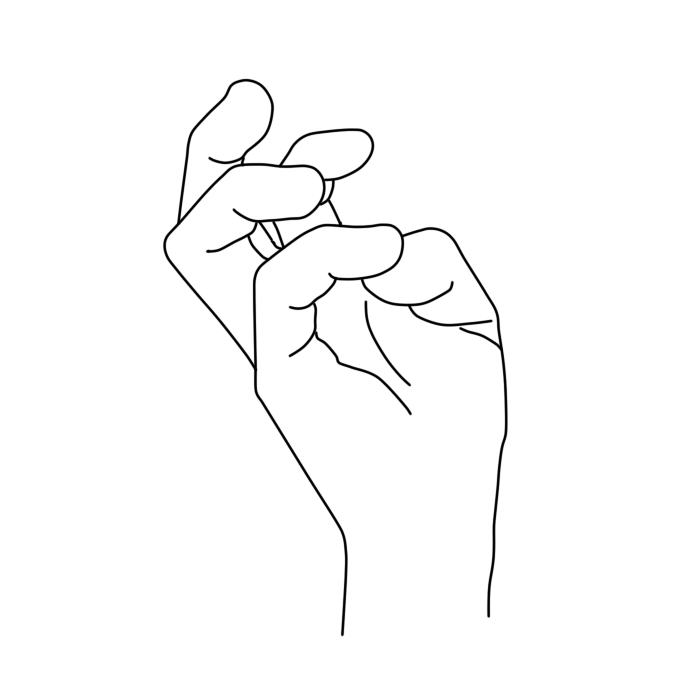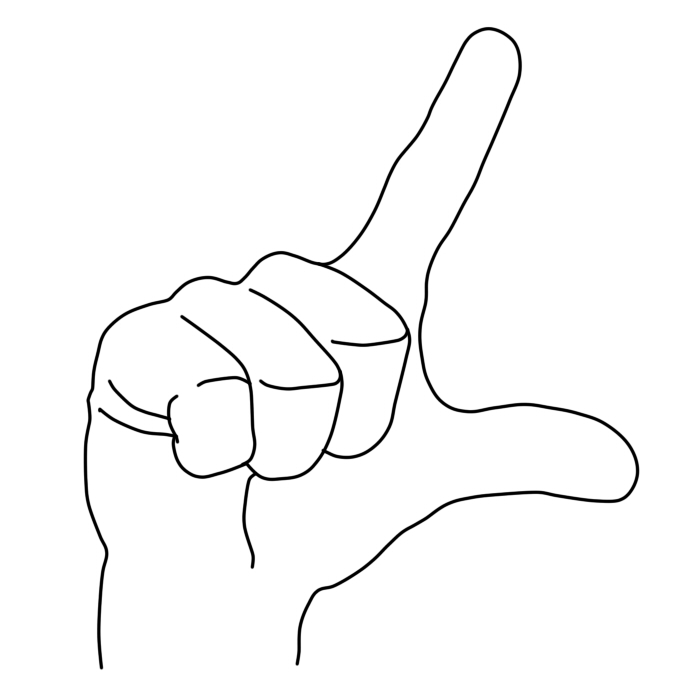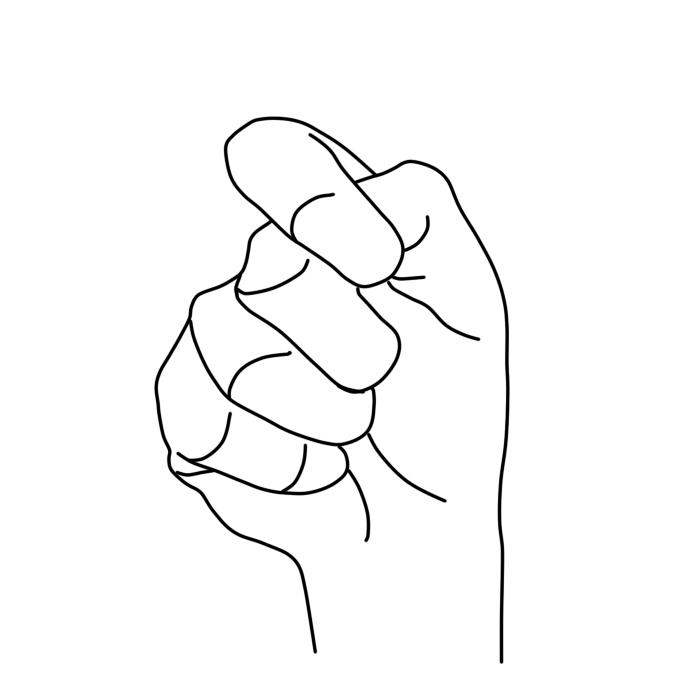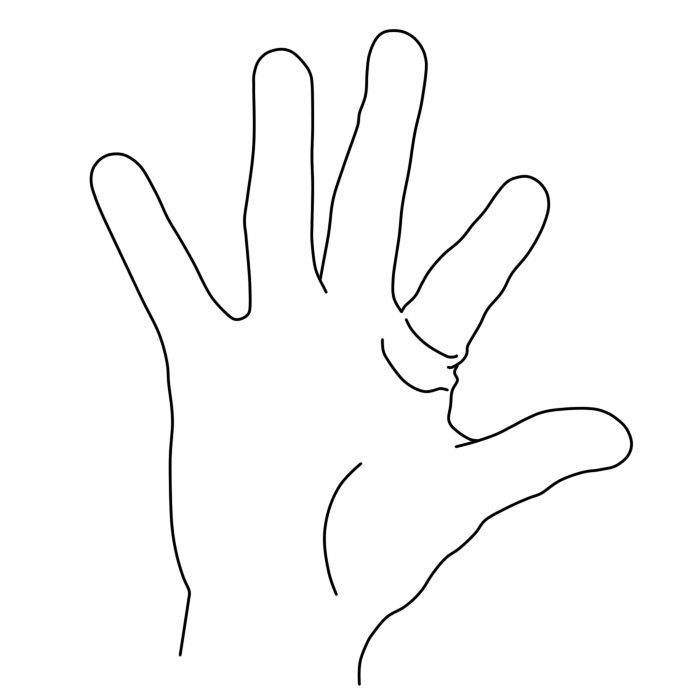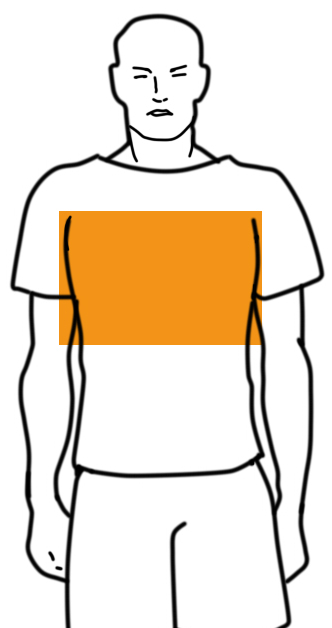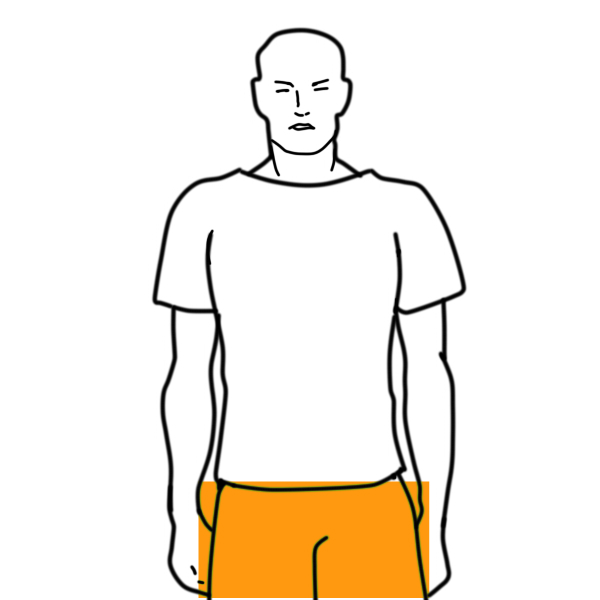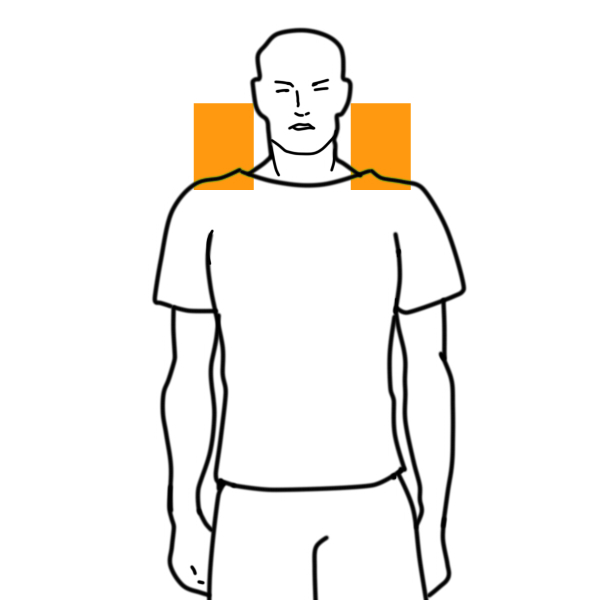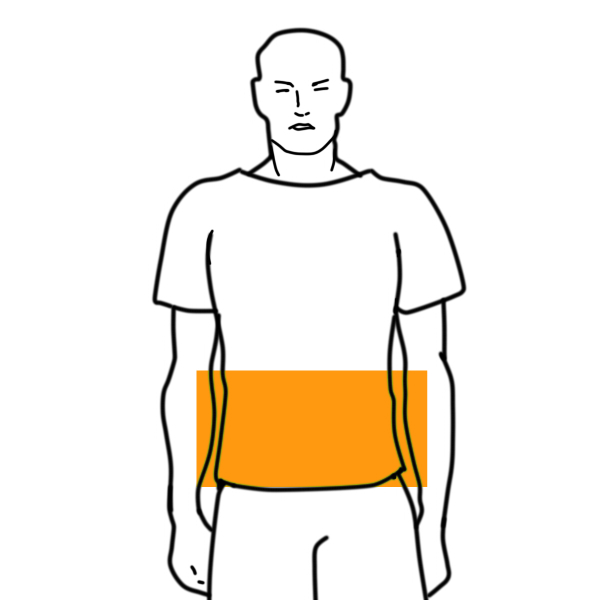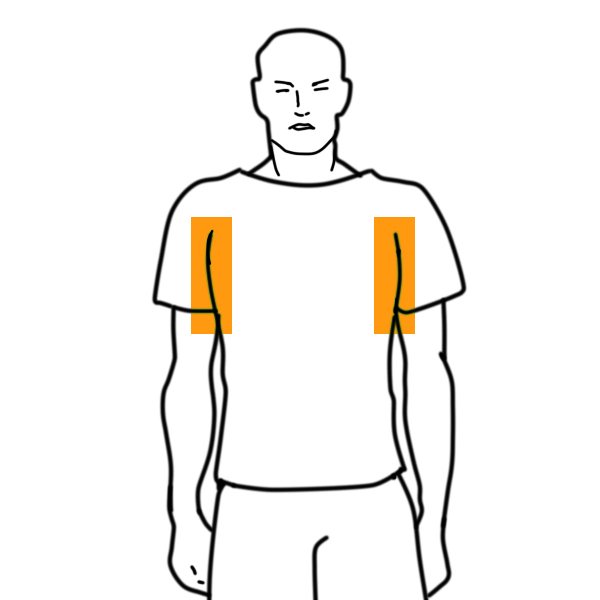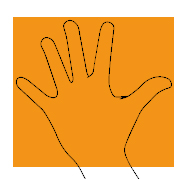TSL | Taiwan Sing Language Gleaning
Imitation of Motions in TSL
As a visual language, TSL features a large number of motions and descriptions. By imitating what they see through manual articulations, facial expressions, and even body movements, the deaf are able to describe the appearance, thickness, and color of different objects and organisms and to mimic various kinds of human operations. Perhaps this is why verbs abound in Taiwan Sign Language.Imitation of operations: signers may pretend to carry a load over their shoulders or to tap or beat something.Combination of instruments and operations: When the deaf describe operations, they not only imitate motions but also mimic the instruments or objects involved. For example, when signing sweeping floors, one straightens one’s palm so that it looks like a broom; when signing vessels entering ports, one curves the palm to represent the shape of a vessel; when signing making phone calls, one dials with one hand and mimics the shape of a handset with the other.Expressing nouns through imitation of motions: the sign for wagui, a kind of savory rice pudding, is created by curving one’s hand to represent a bowl and using the other hand to pretend to scrape the pudding out of the bowl; the sign for automobile is displayed by pretending to use a steering wheel. These expressions denote both the verb and the noun, and they sometimes even stand alone as short sentences.Imitation of motions endows TSL with life, flexibility, and theatricality. It also makes it difficult to estimate the size of the vocabulary of TSL, because one never knows when new signs are created to imitate new motions and when those new signs enter the mainstream vocabulary. Moreover, the denotation and meaning of an expression may vary significantly depending on the context.
Example sentence
- Did you just drill a hole and put it on it? It takes a lot of time and effort. You are brainy. You do research if you have no idea what it is. You are smart for figuring out how to categorize.
- Our house collapsed in that earthquake. I wasn’t here at that time because I went to Chiayi. I went to Chiayi around 6 o’clock to buy things like shoe soles and shoe oil. I drove to Chiayi and when it was around 8 o'clock, the earthquake happened and some buildings had collapsed. So I returned home immediately.
- Boy or girl? My oldest daughter? Hmmm… She asked Lao Wang to teach me Tai-Chi. Yes, my oldest daughter asked him. Yes, he still remembers so many things. He has a good memory.
- No. I started to make leather shoes by attaching shoe soles when I was 16. I was an apprentice, so cleaning was part of my job. It was difficult for me. And…hmm?
- I graduated from the elementary school when I was about 16 or 17. I began my apprenticeship at that time. In the beginning, I had to learn from the master and be responsible for cleaning. After 3 years, I finally started to learn how to make leather shoes. After another 3 years, I finally learned most of the things that I needed to know. At that time, I was about 22 years old.
